Ukraine
2022 Sets Record for Launch Success Through June 30 Amid Busy Commercial Payload Pace
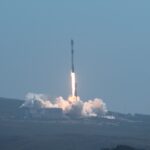
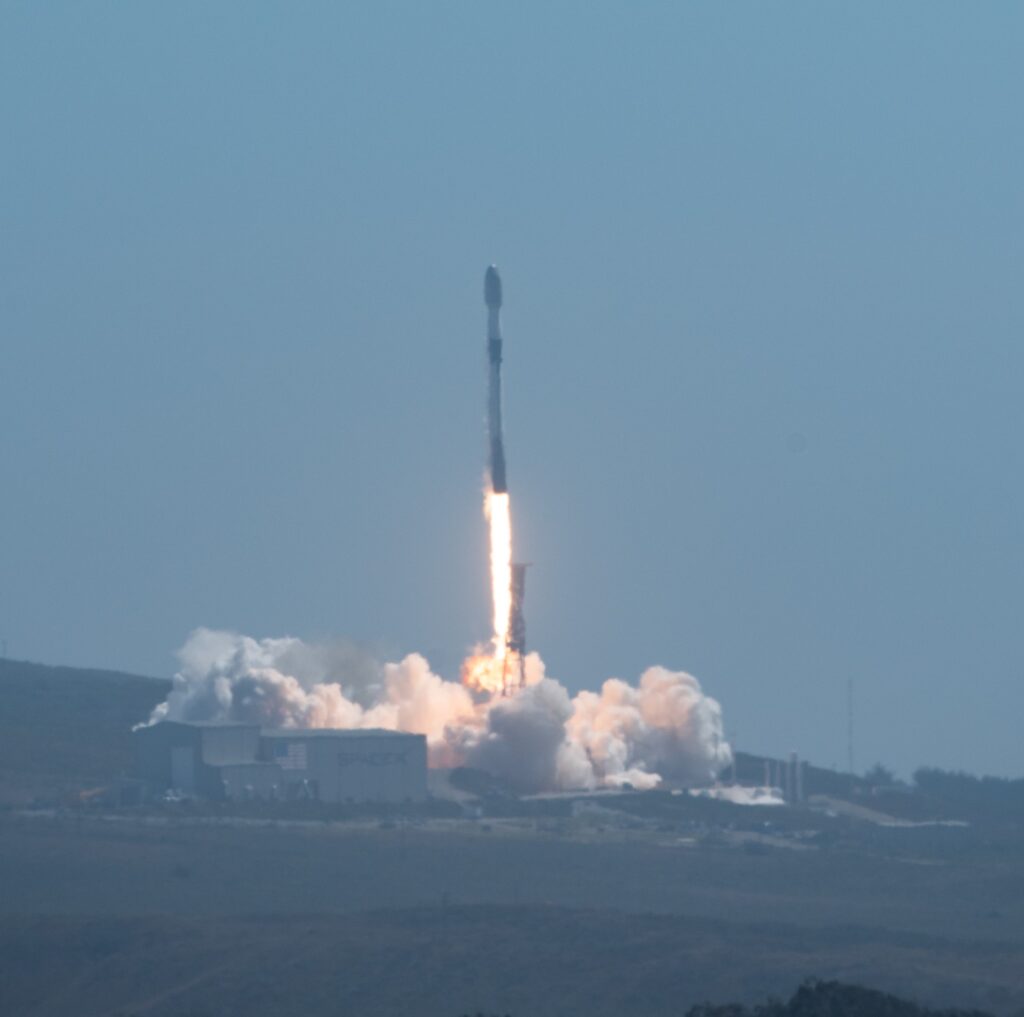
The first six months of 2022 saw a record pace of space launches, matching the mark of 75 set in the first half of 1967. And through June 30, the year saw a record pace for successful launches, topping the mark of 70 set in 1984.
Strikes in Ukraine Spotlight U.S., European Deficits in Hypersonic Arms Race
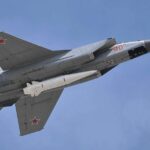
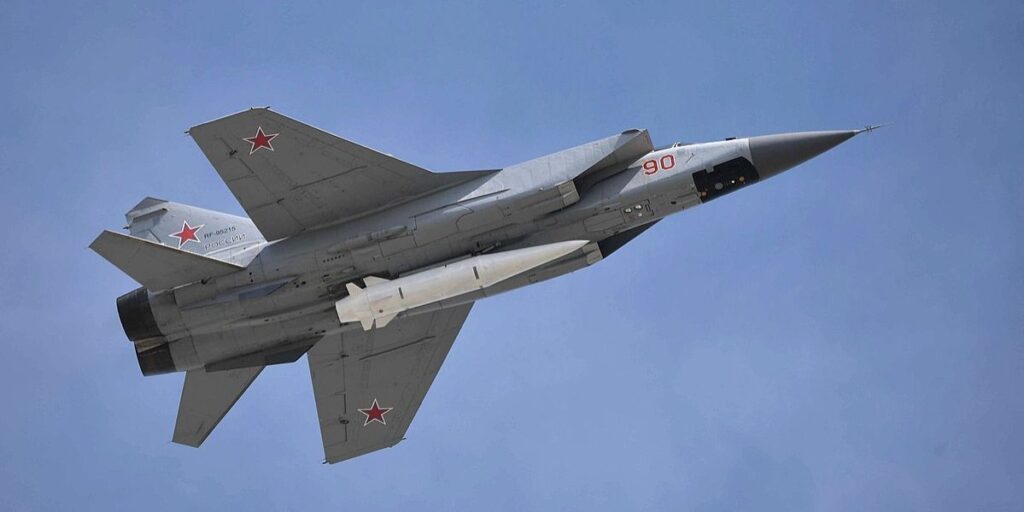
Russia’s use of hypersonic weapons in Ukraine is the latest escalation in a growing arms race for missiles that can travel through the atmosphere at more than Mach 5. The U.S. and its allies are accelerating spending on hypersonic weapons development, but haven’t fielded one to date, prompting leaders to fear a missile gap. . .
Record Number of New Launch Vehicles Set for 2022 Debut

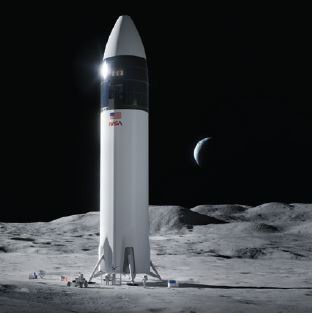
With 15 new launch vehicles expected to make maiden flights this year, 2022 is set to be the busiest year for new rockets since the dawn of the Space Age.
2014 – GLONASS
Russia launched ## GLONASS satellites in 2014, maintaining a constellation of ## operational satellites. Russia also faced some challenges with GLONASS during 2014. On April 1, GLONASS satellites transmitted messages that reported the satellites’ positions with an error of around 200 kilometers (124 miles). The problem was resolved after about 11 hours, and although the outage did not seem to have major negative impacts on businesses relying on PNT services, some organizations are learning from the problems GLONASS faced and are moving toward systems using more than one PNT constellation.
2014 – Additional Country Space Budgets
Around the globe, many smaller nations—whether in terms of economy or population size—are investing in space projects or programs. The exhibit below shows the most recent available annual budget for civil space activities in a number of selected space states.
2014 – Russian Government Space Budget
In 2014, Russia’s space agency Roscosmos received a budget of approximately ## billion rubles (US$## billion). This is a ##% increase from the 2013 budget of ## billion rubles (US$## billion). This was the last budget to be assigned to Roscosmos prior to a reorganization of Russian space activities. In 2014, the Russian government consolidated organizations whose activities include developing, manufacturing, testing, shipping, and selling rockets. This joint stock company, called United Rocket and Space Corporation (URSC), was wholly owned by the Russian Federation and combined 62 entities. In January 2015, Russian President Vladimir Putin approved the further consolidation of URSC and Roscosmos.
2013 – Brazilian Spaceports
In 2003, Brazil made an agreement with the government of Ukraine to bring a modernized version of the Soviet-era Cyclone rocket to its Alcântara Launch Center. This would couple the proven reliability of the Ukrainian launch vehicle with the advantageous equatorial location of Alcântara to offer highly competitive prices to commercial clients.
2013 – Additional Country Space Budgets
Around the globe, many smaller nations—whether in terms of economy or population size—are investing in space projects or programs. Exhibit 2cc shows the most recent available yearly budget for civil space activities in a number of selected emerging space states. Each of these countries tends to feature a different focus in its space investment portfolio, so care must be taken in making generalizations.
2012 – Mexican Government Space Budget
In calendar year 2012, the government of Mexico allocated a budget of ## million pesos (US$# million) to the Agencia Espacial Mexicana (AEM). The agency was established by law in 2010 and commenced operations in late 2011, so 2012 was the first full year of activity. AEM is a young and growing agency, and its budget is expected to rise to ## million pesos (US$# million) in calendar year 2013.
2012 – Other Space Employment
There are more than 50 countries with space programs in all regions of the world. Although it is not possible to get detailed statistics on many of these groups from year to year, it is possible to gather estimates that give some indication of overall size. Exhibit 4w provides estimates of the size of the space workforce in a variety of national space agencies.